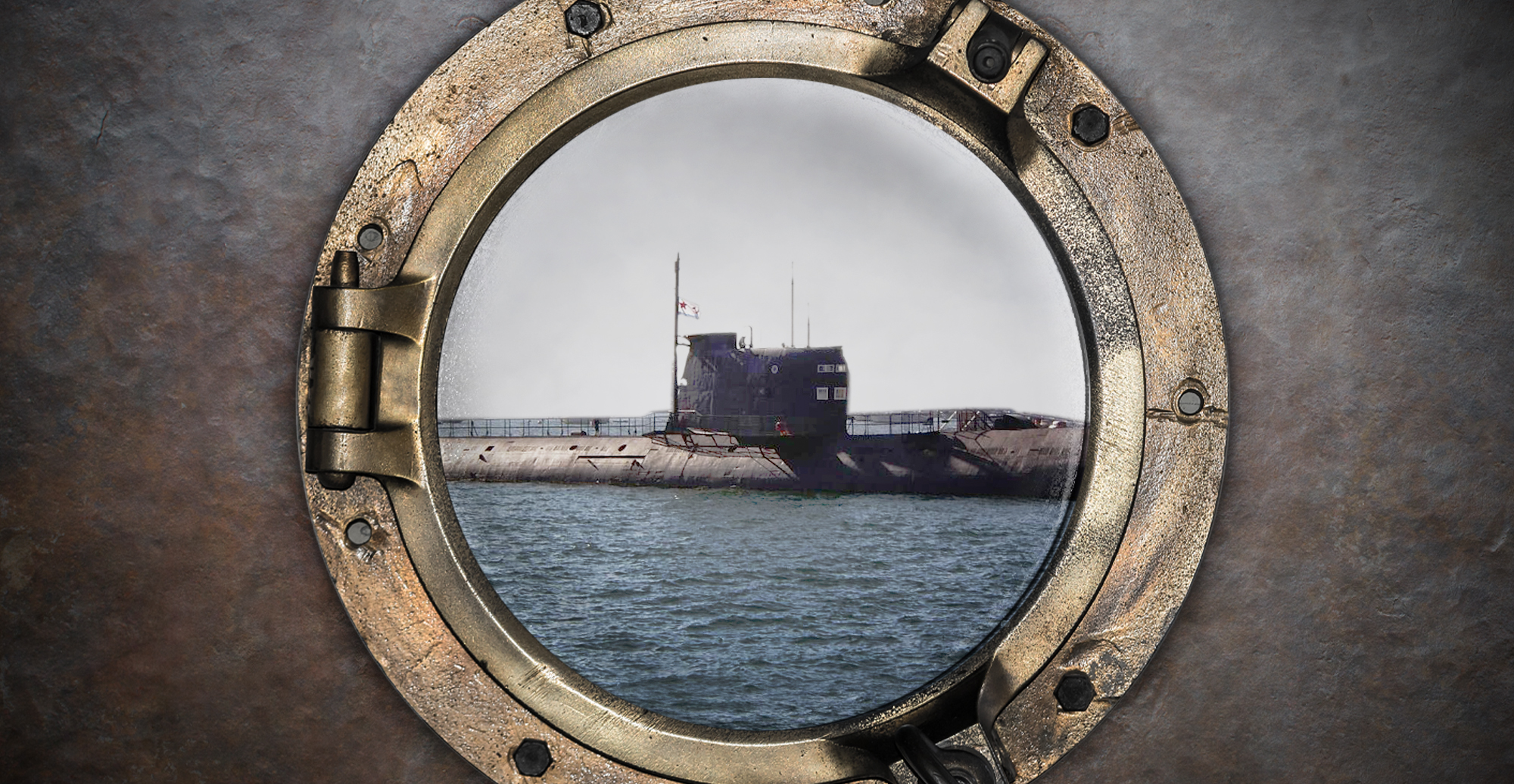All countries think that their military equipment is the best in the world, but these three Soviet submarines can undoubtedly lay claim to being the most impressive of their time.
Big, bigger, biggest – the largest sub ever built
In the 1970s, the Americans were in the process of creating the Ohio-class of submarine. This prompted the Russians to follow suit and develop their own upgraded submarines. The Russians decided that the new class of subs would be known as the “Akula” class and they were determined that these heavy cruisers would have the distinction of being the largest class of submarine ever built.
Designated as the Typhoon class by NATO, these impressive vessels were nearly 173 meters long, which is longer than a standard football field. At the conning tower, such vessels stood eight stories high or almost 25 meters, and they weighed in at an enormous 48,000 tons.
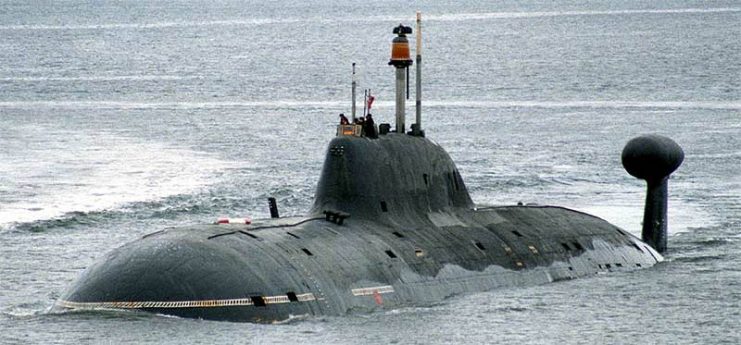
An Akula sub was a gargantuan beast that also came armed to the teeth with enough firepower to destroy 300 cities. It’s R-39 missiles each weighed 80 tons. Since each sub carried 20 of these missiles, this went some way towards accounting for why these vessels were so large.
Six of these subs were built but only one, the Dmitry Donskoy, is still in use today. It has been re-equipped and is used for testing Bulava missiles.
When the first of these vessels was tested in the early 1980s, one Russian official said that the submarine should not be hidden underwater but should be placed in Moscow where humankind could see it and it would encourage men to give up the idea of war altogether.
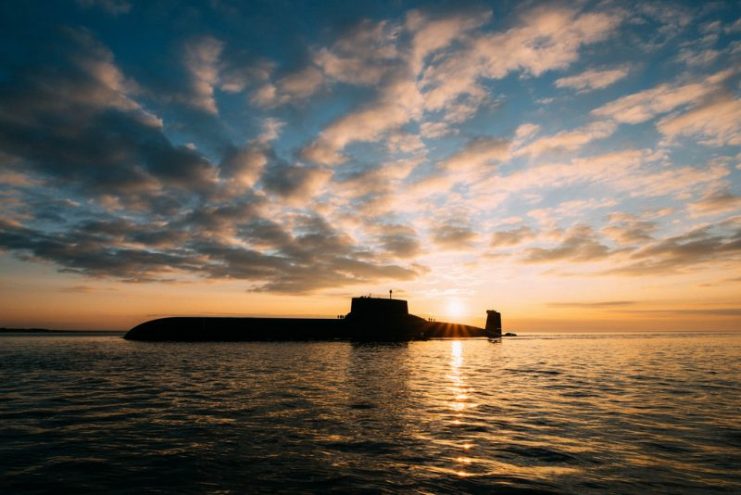
Deep, deeper, deepest – the sub that dived deeper
In 1966, the Soviet government set the Navy an objective to build a submarine that could submerge to extreme depths. Most submarines rarely exceed 600 meters in depth, so the Russians had taken on a task that no other country had considered.
The design of a submarine of this nature was a highly complex task, and it was not before 1978 that the design team were ready to begin building the vessel. Using titanium to produce a light but very strong hull, they created a one-off prototype which they named K-278 Komsomolets of the Plavnik or Fin class.
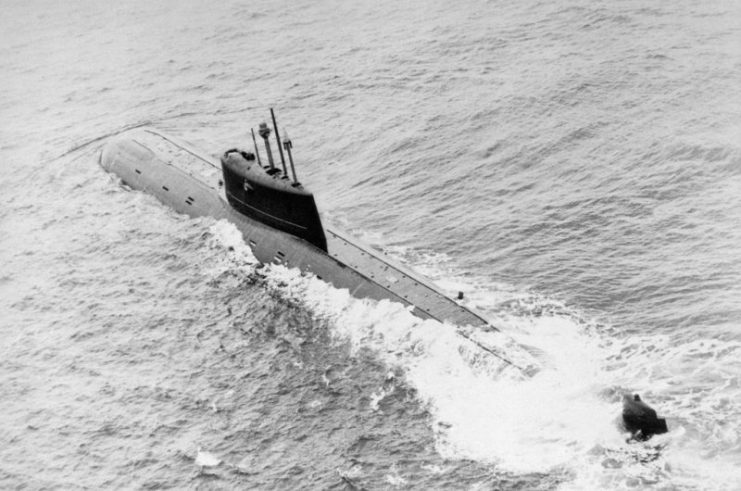
After initial sea trials, the Komsomolets was ready for its deep dive. On August 4, 1978, it descended through the waters of the Norwegian Sea to a depth of 1,027 meters. At 800 meters it fired a torpedo salvo. No other submarine had ever done this before and none has done it since.
Though this submarine remains an experimental vessel, the Soviets had shown that they had a technology which no other nation could match. The Komsomolets would be able to attack another ship and avoid any form of reprisal due to its ability to dive so deeply.

Sadly, this magnificent vessel had a tragic end. On April 7, 1989, a fire broke out on board and although the submarine managed to rise to the surface, the crew could not wait for help to arrive. They abandoned the submarine and spent over an hour in the freezing waters of the Norwegian Sea. From a crew of 69, only 27 survived the disaster. The other 42 passed away, mainly due to hypothermia.
An investigation into the cause of the fire was held. When the investigation was wrapped up in 1998, no blame was apportioned to anyone for the outbreak of the fire or for the abandonment of the vessel. It is thought that the technical complexity of the boat and the crew’s inability to manage those complexities contributed to the outbreak of the fire and to the poor handling of the entire episode. The Komsomolets still lies on the floor of the Norwegian Sea.
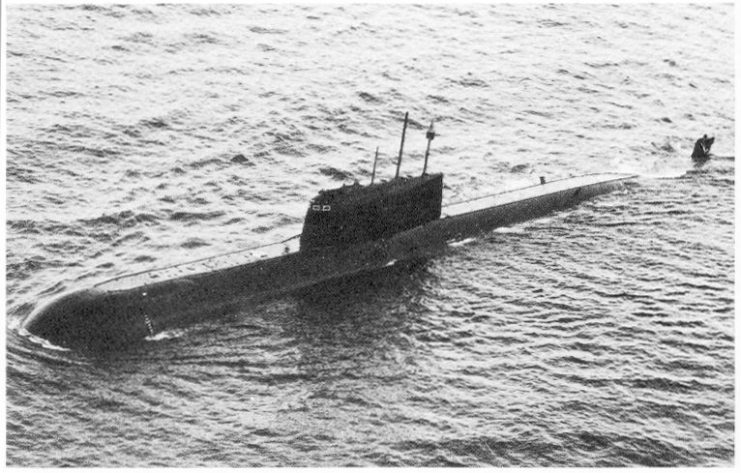
Fast, faster, fastest – the F1 submarine
In 1969, Project 661 Anchar was created with the express purpose of building a submarine that could move with a speed that would allow it to counter the threat of American aircraft carriers. At that time, the Russians had no answer to these vessels so they wanted a submarine that could catch and attack these super-ships.
It took Russian designers and builders 10 years to build a submarine that met the project objectives. They made a nuclear-powered vessel that was dubbed the K-162 when it was built (later changed to the K-222). It went on to set the world record for submerged speed.

The K-162 had the same type of titanium hull as the Komsomolets, and it was packed with 400 new technologies which made it extremely expensive. The cost of producing this submarine gained it the nickname of “the Golden Fish,” but the project team had met the objectives set by the hierarchy that the new sub had to be both innovative and based on new technology.
In December 1970, it dived to a depth of 100 meters and managed to reach a speed of 82.8km/h, a record that stands to this day. The Russians reported that the nuclear reactor was operating at only 97% power, so in theory, it should have been able to go faster.
Alongside the K-162, the team had to design new cruise missiles that could be fired at the speed which this submarine was capable of sustaining.
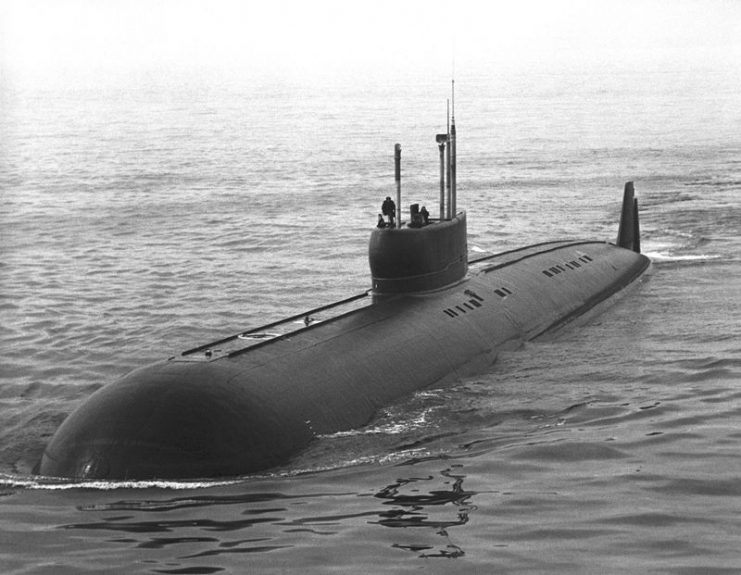
https://www.youtube.com/watch?v=yr2AGdnx4FE
In 1971, the K-162 had an opportunity to pit itself against an American aircraft carrier, the USS Saratoga. The Saratoga was on its way back to Miami from the Mediterranean Sea, and the K-162 took the opportunity to pursue her. The K-162’s captain reported that, while submerged, it had outpaced the Saratoga even though the Saratoga was moving at over 60 km/h.
The captain of the K-162 emphasized that he had had several opportunities to attack the Saratoga during the pursuit and that the aircraft carrier was unable to sail away from him.
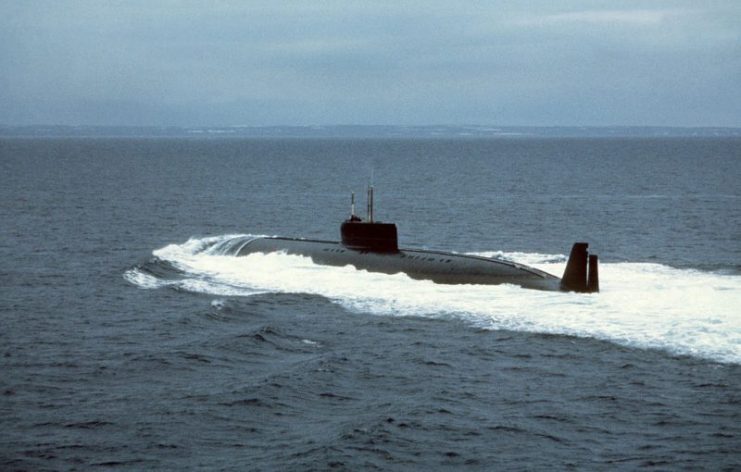
Read another story from us: Secret CIA Operation to Recover Lost Soviet Submarine
The K-162 was the only vessel of this type built, as they were just too expensive, but the technology developed during this project has found its way into subsequent classes of submarine.
These three vessels have significantly advanced the science of submarines.
